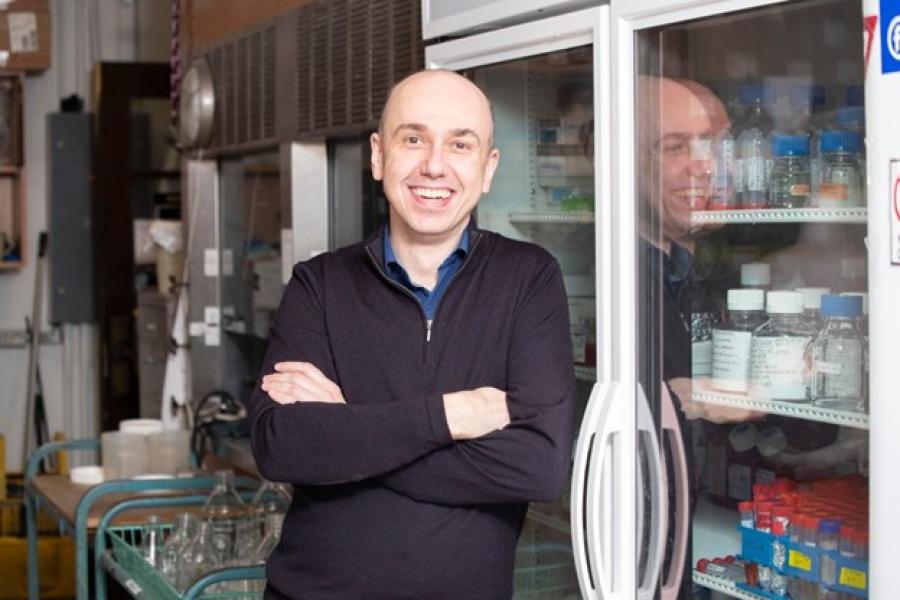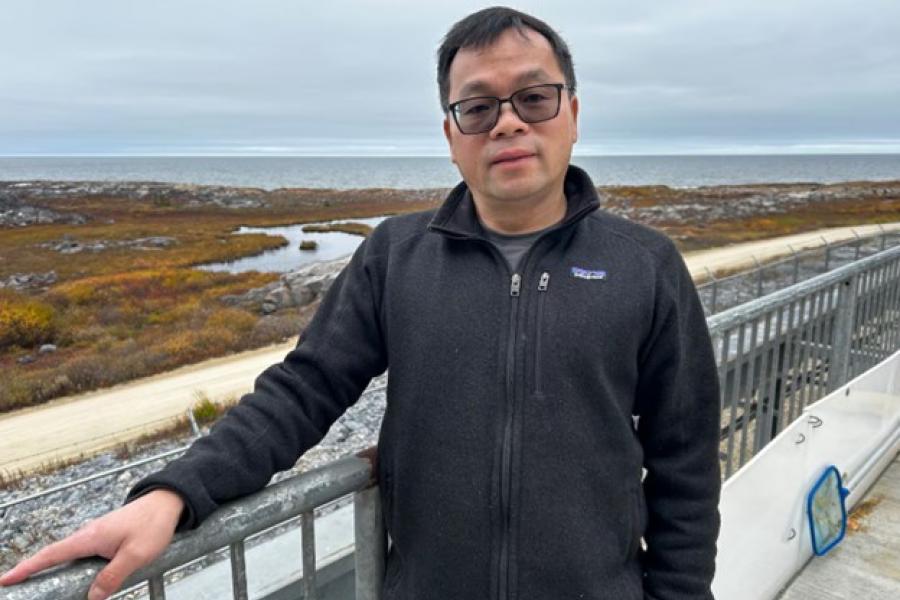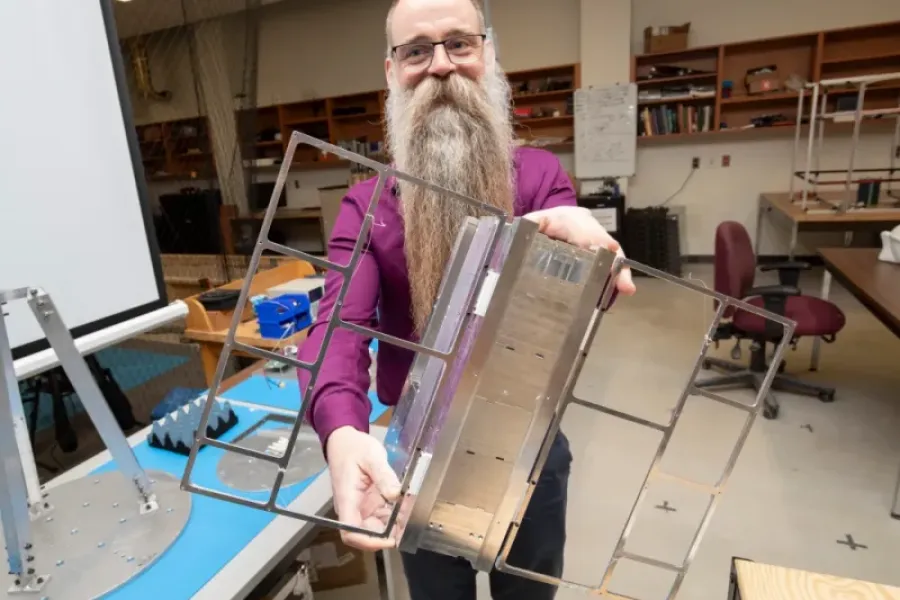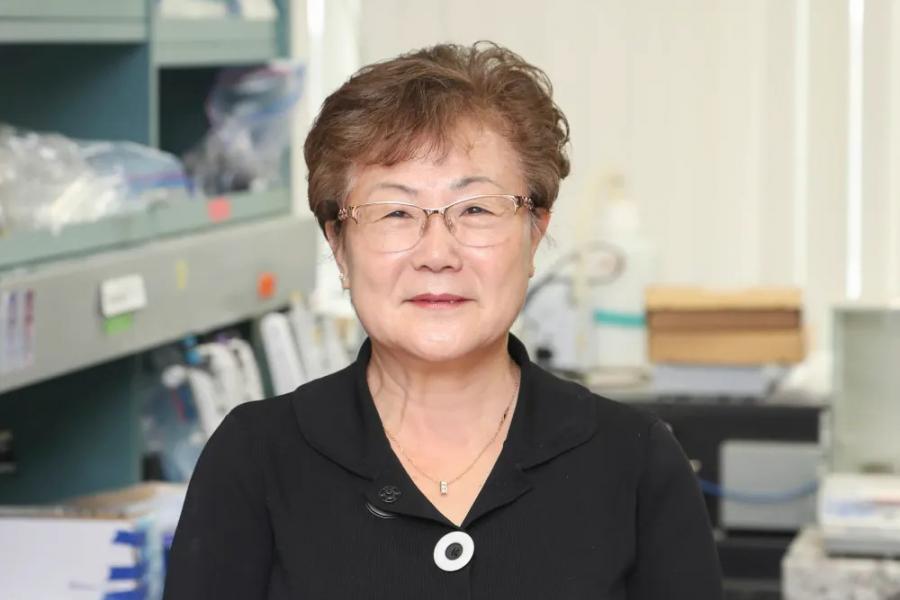
Bisons at the centre of bold ideas
Discover the impact of UM research
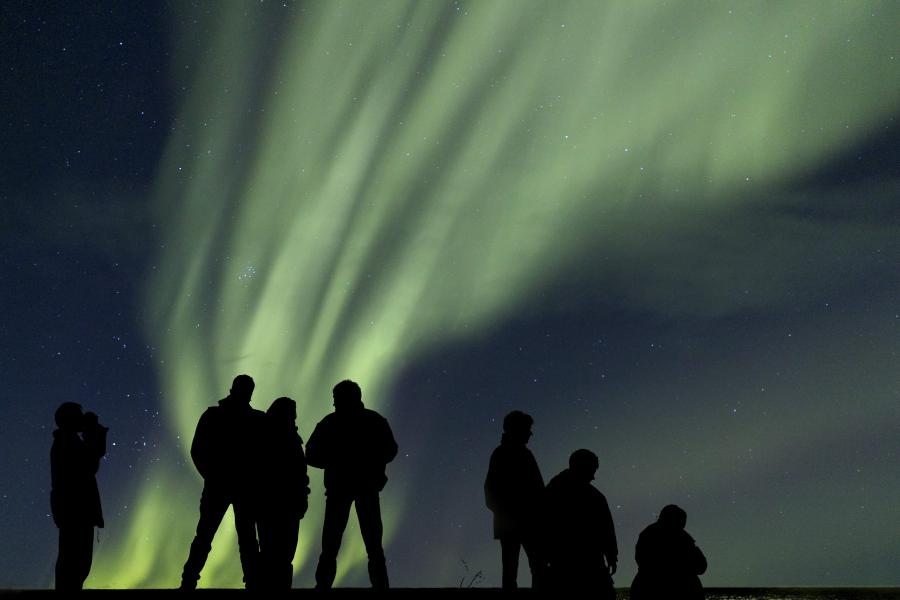
Bisons connect communities across the North
Most people see vast space. UM researchers see a tight-knit network.
Imagine a hunter tracking caribou across thinning ice without a way to signal home if disaster strikes, or a failing radio signal cutting off an Arctic community from vital information. Connectivity can be life-and-death in the North, which is why Dr. Philip Ferguson is partnering with remote communities to develop satellites and drones that deliver reliable internet. This same technology can also guide drones to detect wildfires, support precision farming on the Prairies and strengthen communication networks across Manitoba.
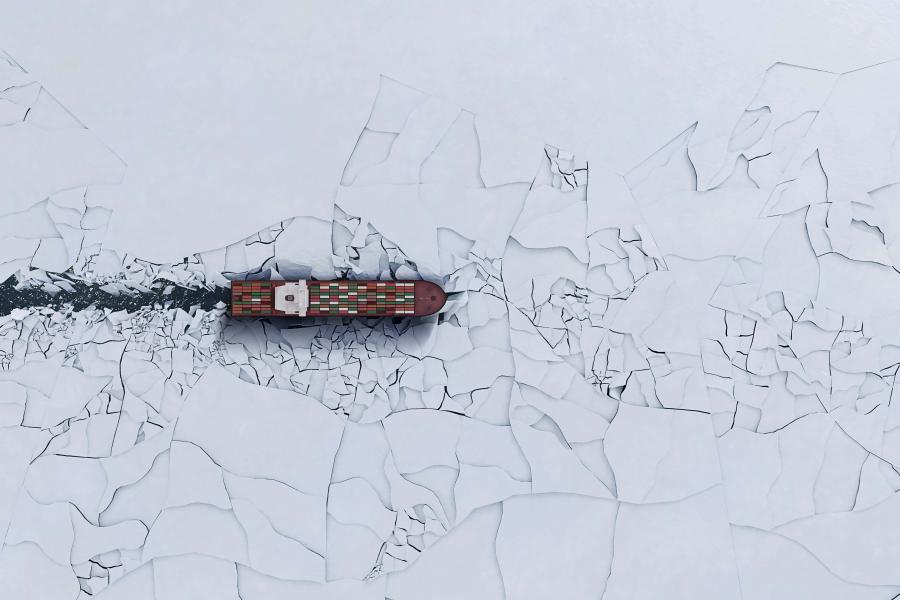
Bisons safeguard the Arctic and build the economy
Most people see changing sea ice. UM researchers see Canada's future.
As the Hudson Bay grows increasingly ice-free, northern communities face new risks—and new possibilities. A longer shipping season could transform Manitoba into a maritime province, reducing costs for remote communities and opening Prairie resources to the world. At the Churchill Marine Observatory, Canada Research Chair in Arctic Environmental Chemistry Dr. Feiyue Wang leads a groundbreaking initiative with Indigenous partners to guide this transformation. His team is developing tools to guard against environmental hazards and protect fragile ecosystems while securing Canada’s place in the next era of global trade.
- Learn more about Dr. Feiyue Wang
- Explore the Churchill Marine Observatory
- Listen to Dr. Feiyue Wang on the "What's the Big Idea?" podcast
- Learn more about the research: "What are the risks and opportunities of a changing Arctic?"
Explore Centre for Earth Observation Science graduate programs
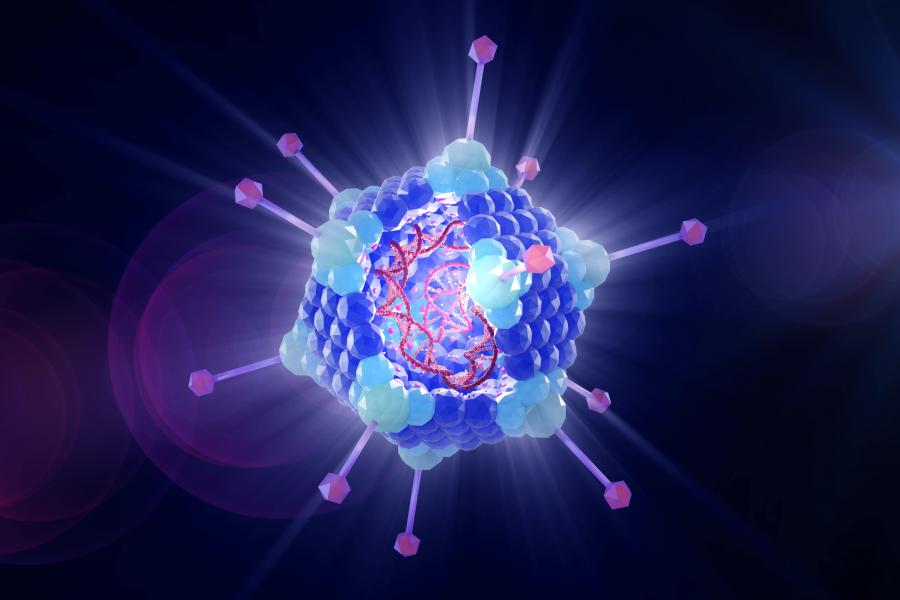
Bisons lead infectious disease response
Most people see a threat. UM researchers see a new playbook for protection.
When COVID-19 struck, Canada’s limited vaccine production meant waiting for supply from abroad. Lives were lost and hospitals overwhelmed. Dr. Peter Pelka is determined that never happens again. Backed by a historic federal investment, he is leading a Prairie-wide team to develop next-generation vaccines in 100 days or less. Needle-free and low-cost, these vaccines will be easier to distribute, safer to store and ready to protect Canadians when it matters most.
- Learn more about Peter Pelka
- Learn more about the research: "What will vaccines of the future look like?"
Explore research opportunities in the Department of Microbiology

Bisons engineer a defence against diabetes
Most people see microgreens. UM researchers see preventative medicine.
Fresh produce is scarce in Opaskwayak Cree Nation, where nearly half of adults live with diabetes. Dr. Miyoung Suh is working with the community to locally grow “supercharged” microgreens that can combat the disease. By fine-tuning light and nutrient conditions, her team is producing higher levels of compounds linked to improved blood pressure, heart function and blood sugar control. The greens are now being incorporated into culturally relevant foods like bannock and chili, a model that could benefit communities throughout the country.
- Learn more about Dr. Miyoung Suh
- Learn more about the research "What does it take to grow vegetables that fight disease?"
Explore graduate programs in Food and Human Nutritional Sciences
UM research in the news
Bisons at the centre of bold ideas campaign video
UM research builds a better world
Discover the impact UM research has throughout Manitoba, across Canada and around the globe.

